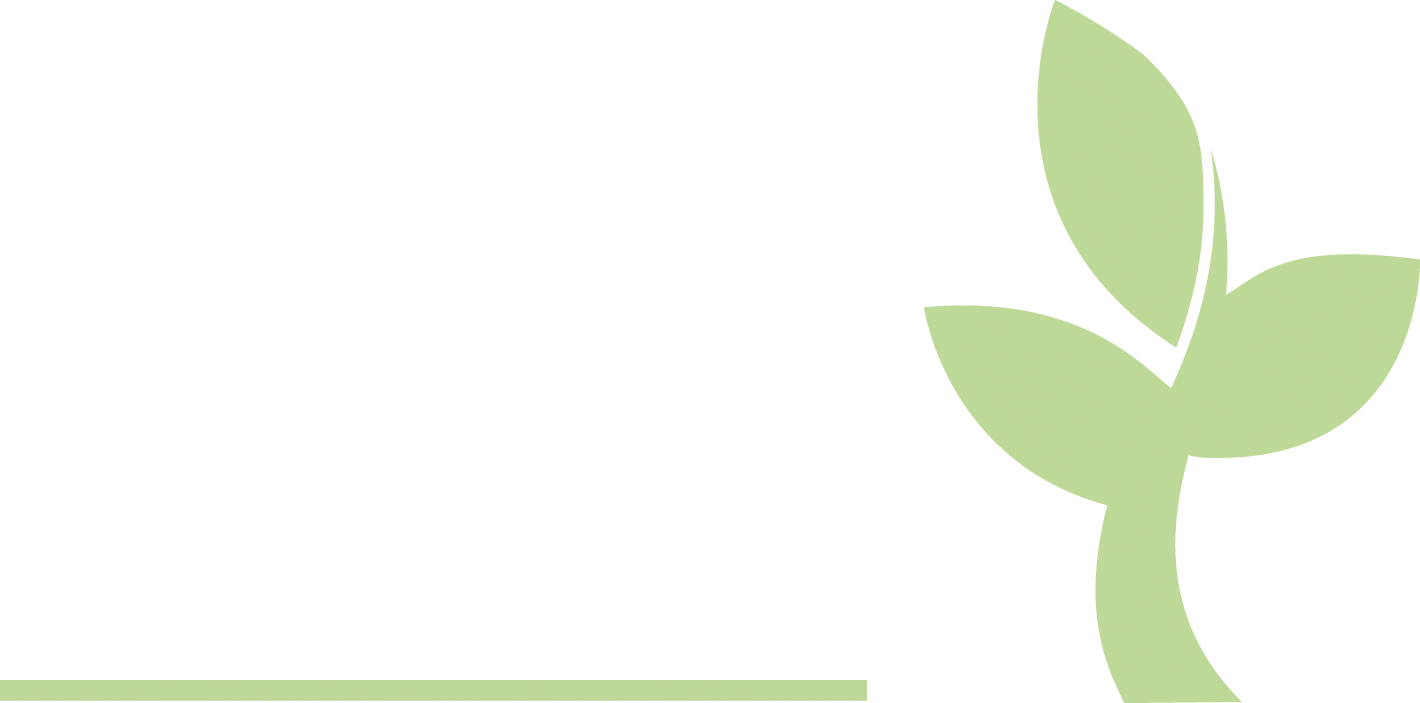2012-11-22
Vad blir resultatet när man betraktar avancerad matematik som en konstform? Svaret ges på en utställning på Linnéuniversitetet i Växjö mellan den 27 november och 5 december.
När matematiken tar steget från siffror och tal till bokstäver och symboler, blir den svårare att förstå för många. Samtidigt får den oanade djup som inte bara gör det möjligt att skapa formler och modeller som hjälper oss att simulera och förstå världen bättre, utan även ger matematikämnet rent konstnärliga dimensioner. Vem har inte fascinerats av bilder på fraktaler, där varje förstoring av bilden ger upphov till ett nytt mönster, likt ett ormbunksblad som ständigt förgrenas?
 I Växjö bedrivs forskning i matematik på hög internationell nivå, bland annat inom området kvantfysik. För att uppmärksamma och visualisera denna forskning inbjuder det lokala projektet Art meets Mathematics till utställningen ”Quantum Cinema – Visualisation of higher mathematics in 3D animated geometry”.
I Växjö bedrivs forskning i matematik på hög internationell nivå, bland annat inom området kvantfysik. För att uppmärksamma och visualisera denna forskning inbjuder det lokala projektet Art meets Mathematics till utställningen ”Quantum Cinema – Visualisation of higher mathematics in 3D animated geometry”.
Quantum Cinema är ett forskningsprojekt inom konst vid University of Applied Arts i Wien. Målet är att skapa en bild av kvantvärlden och medlet att betrakta matematik som en gren inom konsten – i det här fallet digital konst med hjälp av nya medier. I denna spännande och unika förening mellan konst och vetenskap åskådliggör projektet konstruktioner inom avancerad matematik med tillämpningar inom kvantfysik, ett område som uppmärksammats bland annat med årets Nobelpris i fysik.
Utställningen äger rum i Gallerian i hus K på Linnéuniversitetet i Växjö. Den invigs tisdagen den 27 november kl 16.15 i sal Myrdal då Renate Quehenberger, MA vid University of Applied Arts, håller en föreläsning och en videodemonstration av projektet. Kl 17.00 öppnar sedan utställningen, som pågår till och med onsdagen den 5 december.
Kontakt
Andrei Khrennikov, professor i matematik vid Linnéuniversitetet, telefon 0470-70 87 90, e-post andrei.khrennikov@lnu.se
Mer information
Our research tackles some of the open questions in quantum science, such as the question about the structure of light as a particle and the riddle of extra dimensions:
- How can we imagine space-time in its quantized form? How do its elementary forces interact within this structure so that they allow the emergence of particles?
- How can we imagine the configuration space, which has three times as many dimensions as there are parts in the system?
- What is the underlying principle of the phenomenon of light in its dual form as wave and particle and what role does “quantum entanglement” play?
- What about the “hidden parameter”?
The exhibition consists of printed posters and animated movies: examples of 3D animated geometry on a discrete space grid known as cubic lattice Z5, which serves as a model in (quasi-) crystallography to examine higher-dimensional space and the phenomenon of light as electromagnetic propagation in 5D.
We also display recently developed examples of “hyper-Platonic” polyhedra, augmented primary icons of geometrical thought, with inherent complex substructures and new waveforms serving the visualisation of this icosahedral group in a new 3D representation. This work shows how we can visualise the mathematical concept of symmetries (as applied to the description of elementary particles meeting quantum field theory) up to Poincaré’s dodecahedral space.
So far, the only insights on level-1 will arise from abstract algebraic structures converted into complex animated digital geometries. We will discuss these digital images with experts in the related fields. The kaleidoscopic structure of these images reveals fascinating beauty which will attract the attention and rouse the curiosity of even uninitiated spectators.


Senaste kommentarer